Short And (쇼트앤드)
10.3Km 2024-04-07
13, Byeonsanhaebyeon-ro, Buan-gun, Jeonbuk-do
The café is located on the second floor, so it is a great place to enjoy the view of Gyeokpohaebyeon Beach and the mountains beyond on clear days. The interior tends toward modern and minimalist sensibilities, allowing visitors to focus on the view, while the studio space allows visitors to take pictures with the items on display. The most notable feature of this café is its selection of beverages and dessert menu. Menus such as the Bear-gatto (Bear + Affogato), espresso topped with an ice cream in the shape of a bear; Cotton Candy Latte, raspberry latte topped with cotton candy and marshmallows; Sleeping Teddy Cake, a cake in the shape of a sleeping bear; and the rich fragrance of MaILa (Matcha + Ice Cream + Latte) bring a smile to one’s face with cute and unique concepts. All the menus in the café command a strong following, so many visitors post pictures of the café as proof of their visit on Instagram.
Fisherman’s Coffee (어부김밥커피)
10.4Km 2024-04-07
27, Byeonsanhaebyeon-ro, Buan-gun, Jeonbuk-do
Located across from Gyeokpohaebyeon Beach, this gimbap store also offers coffee and bottled beverages. Its signature menu is gimbap, particularly kkosiraegi (sea string) gimbap. One can also enjoy squid and shrimp gimbap, all perfect menus for seafood lovers. The gimbap here is recommended because these are healthy dishes made with Buan’s specialty. The store also offers beverages and desserts with coffee, so it is a perfect place to drop by and get some food and drinks for a picnic at Gyeokpohaebyeon Beach.
Chaeseokgang Cliff (Jeonbuk National Geopark) (채석강 (전북 서해안권 국가지질공원))
10.5Km 2024-10-22
1, Byeonsanhaebyeon-ro, Byeonsan-myeon, Buan-gun, Jeonbuk-do
+82-63-582-7808
Chaeseokgang Cliff refers to a rocky cliff and the sea around it near the Gyeokpohang Port and Dagibong areas on Byeonsanbando Peninsula. The name Chaeseokgang was adapted as it resembles an attraction of the same name in China. Chaeseokgang Cliff was formed from many layers of rocks stratified by the sea, and the blue sea and the rock cliffs together create quite a lovely picture. It is nature’s masterpiece of stratification, and visitors can observe interesting structures and shapes that cannot be seen elsewhere.
Gyeokpo Port (격포항)
10.5Km 2025-01-15
788-15, Gyeokpo-ri, Byeonsan-myeon, Buan-gun, Jeonbuk-do
+82-63-581-0023
Gyeokpo Port is an important transit point for maritime transportation between the islands of the West Sea, such as Wido Island, Gogunsan Islands, and Hongdo Island. As a fishing port, it is known as the place through which delicious seafood from the clean waters of the West Sea arrives on land. This reputation is evident in the huge crowds of gourmands and tourists who flock to the port for webfoot octopus in spring and gizzard shad in fall. The port hauls large catches of webfoot octopus, cuttlefish, blue crab, monkfish, rockfish, spotty belly greenling, flatfish, gizzard shad, clam, and shellfish, which can be enjoyed in many seafood restaurants near the port. Gyeokpo Port is also known for its beautiful view of the sunset.
Gyeokpo Beach (격포해변)
10.5Km 2024-04-07
29-14, Byeonsanhaebyeon-ro, Buan-gun, Jeonbuk-do
+82-63-582-7808
Gyeokpo Beach, located near Chaeseokgang River, is also called Chaeseokgang Beach. The beach is more famous for the view of Chaeseokgang River and the sunset over the west sea. The beach get popular in summer, full of visitors enjoying the scenery and water activities. Known for its clear waters and gentle slope, the 500 meter long white sand beach is especially popular among families. The pine forest around the beach provides a perfect rest area for those looking for a shade. There are also many accommodations and restaurants nearby.
Sono Belle Byeonsan (소노벨 변산(구 대명리조트 변산))
10.6Km 2025-03-16
51 Byeonsanhaebyeon-ro, Byeonsan-myeon, Buan-gun, Jeonbuk-do
+82-1588-4888
Sono Belle Byeonsan offers an amazing view of the sunset over the west sea. The family-oriented hotel provides a comfortable and relaxing stay.
Sono Belle Byeonsan Ocean Play (소노벨 변산 오션플레이)
10.6Km 2024-04-07
51, Byeonsanhaebyeon-ro, Buan-gun, Jeonbuk-do
+82-1588-4888
Sono Belle Byeonsan Ocean Play is located next to Gyeokpo Beach on Byeonsan Peninsula. This luxurious resort is patterned after Normandy Beach and its European-style architecture. With an ocean view throughout the facility, the water park provides guests with various entertainments including an indoor pool, outdoor wave pool, waterslides, baths, sauna and more.
Yeongi Sikdang (연기식당)
11.1Km 2025-04-22
전북특별자치도 고창군 아산면 선운대로 2727
This restaurant is the first to offer grilled freshwater eel in Gochang. The eel is grilled in the kitchen, so you don’t have to worry about the often smoky business of charcoal-grilled on the table.
Jeokbyeokgang Cliffs [National Geopark] (적벽강 (전북 서해안 국가지질공원))
11.3Km 2024-04-07
Gyeokpo-ri, Buan-gun, Jeonbuk-do
+82-63-584-0951
The area around Jeokbyeokgang Cliffs features great plant distribution value, including a population of Machilus, a designated natural monument. The cliffs are a great location for geological and ecological educational moments when visiting nearby attractions such as Chaeseokgang River and Gyeokgo Beach. The cliff is mostly composed of pepperlite, a unique rock that forms when volcanic rhyolite and sedimentary shale merge together.
Suseongdang Canola Field (수성당유채꽃)
11.4Km 2024-04-07
252-11 Gyeokpo-ri, Byeonsan-myeon, Buan-gun, Jeonbuk-do
Suseongdang Canola Field refers to the colony of canola flowers that can be found along the trekking course connecting Saemangeum Information Center and Byeonsan Beach. Located near Suseongdang Shrine, the canola field spreads across an area of 32,000 ㎡, and transforms into a field of buckwheat flowers in summer, followed by cosmos flowers in fall, and becomes blanketed with snow in winter. This area is even more popular due to the scenery of canola flowers with an ocean backdrop as Jeju Island is the only other region in Korea to offer such scenery.
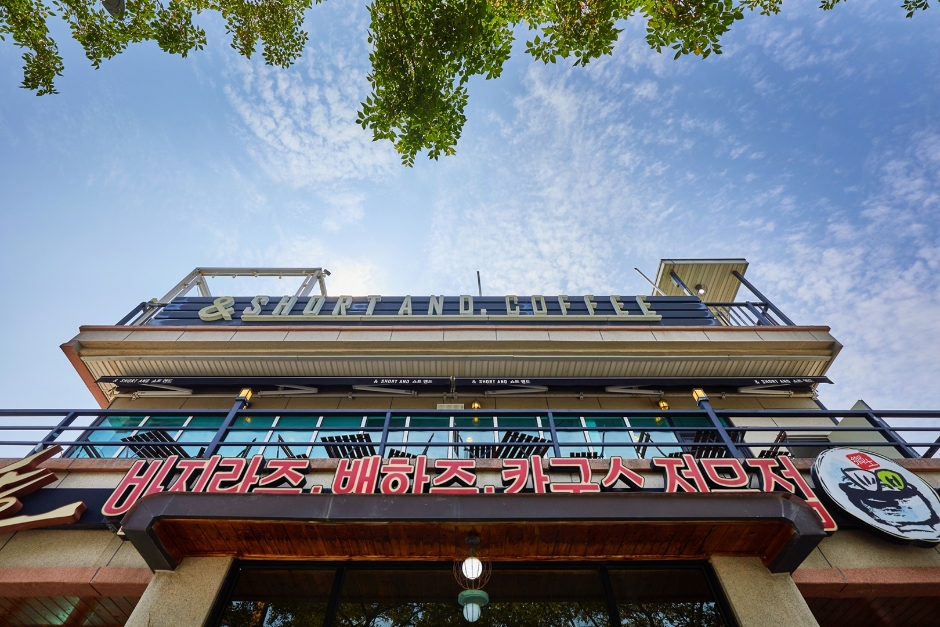
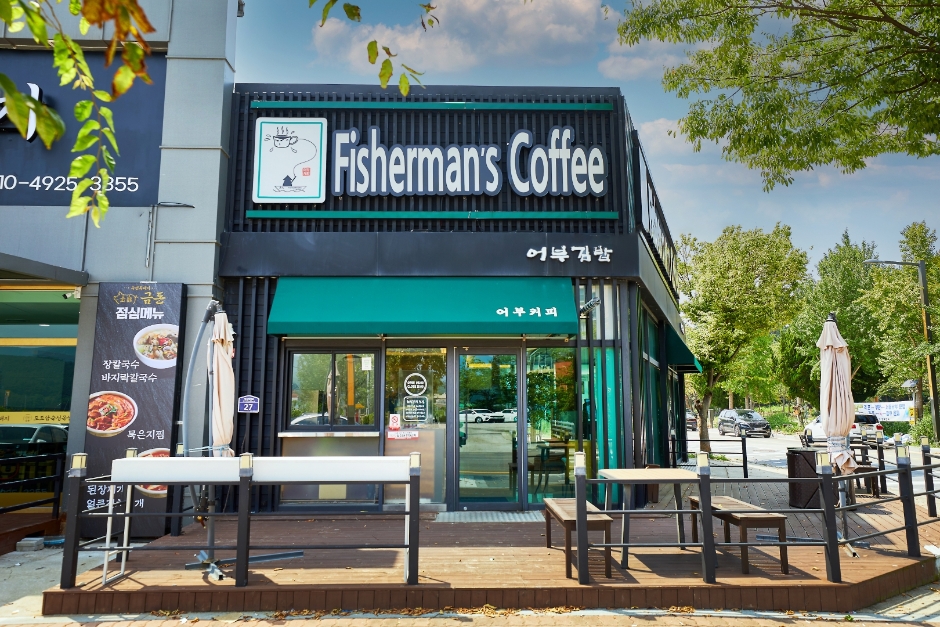
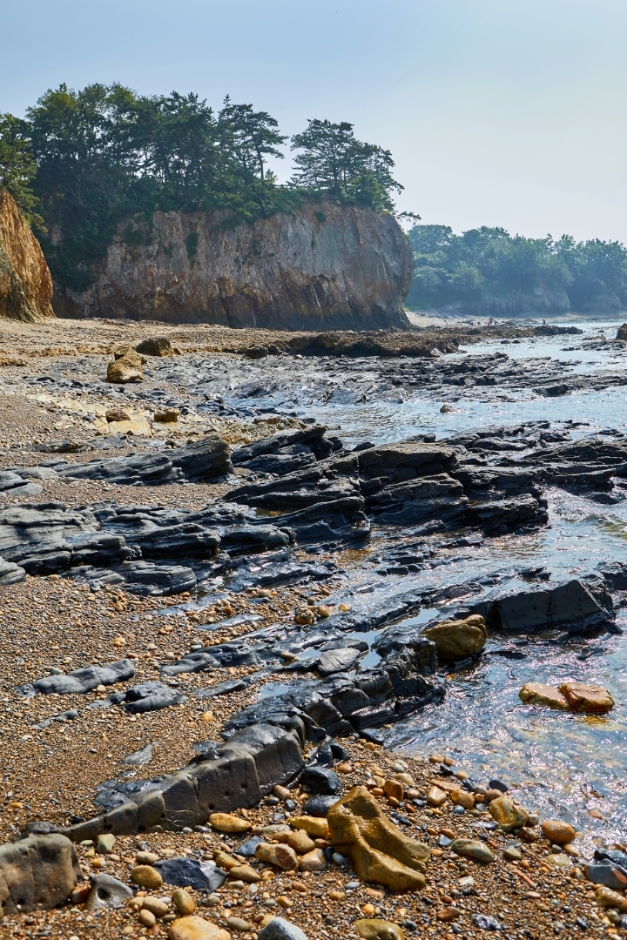
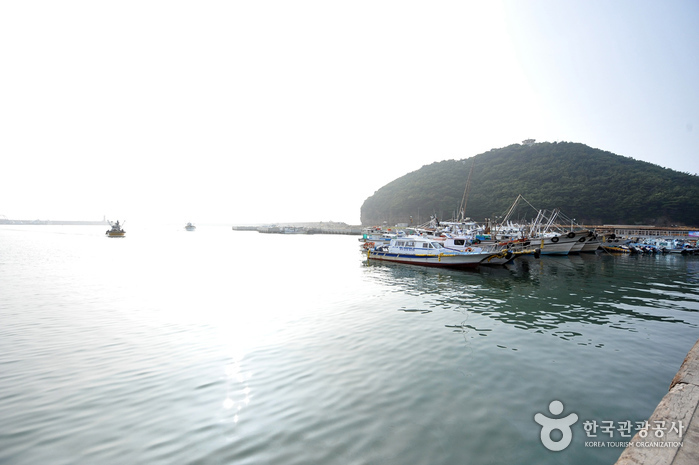
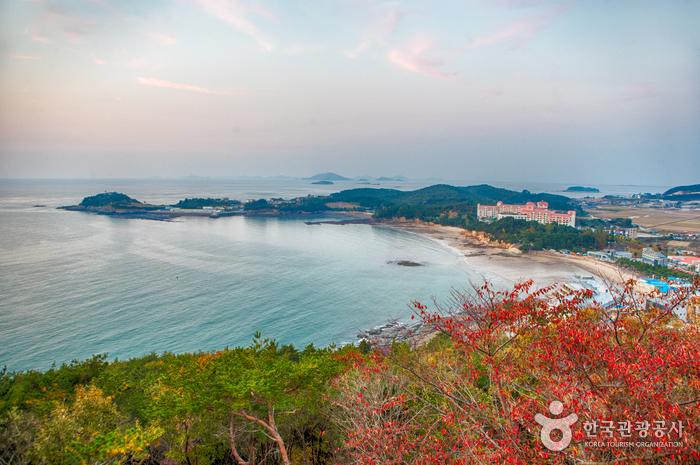
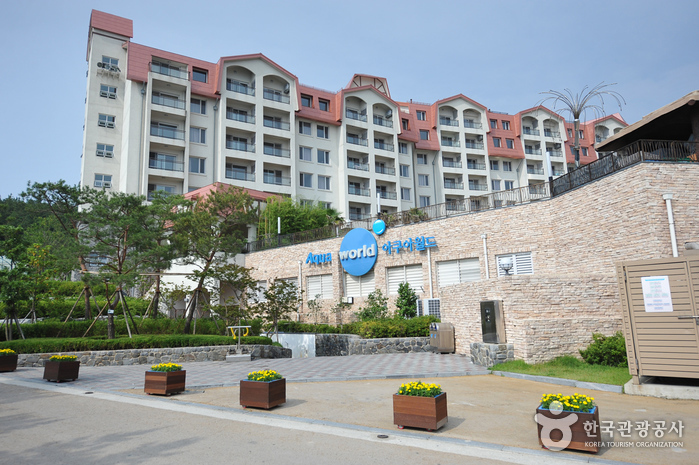
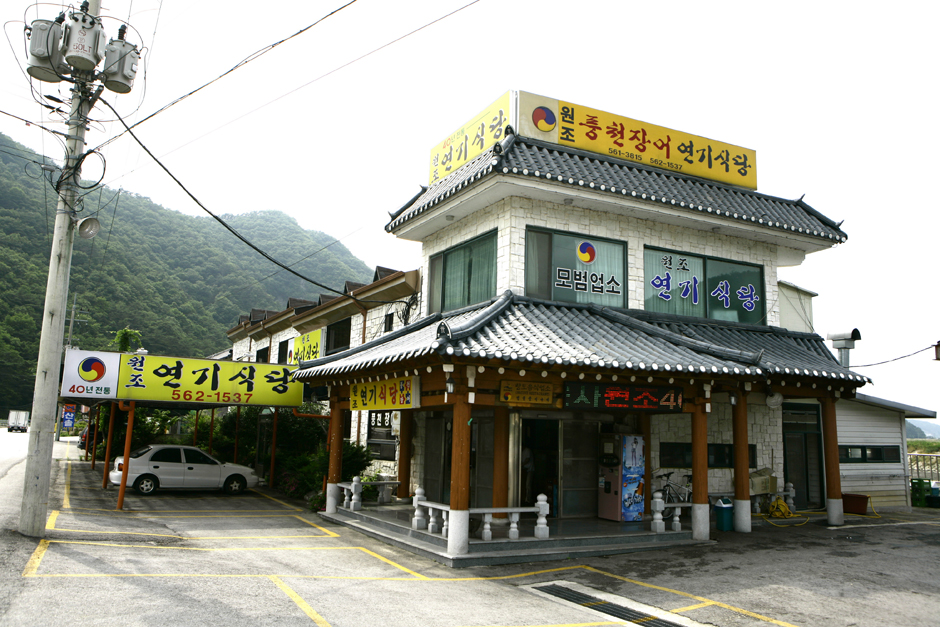
![Jeokbyeokgang Cliffs [National Geopark] (적벽강 (전북 서해안 국가지질공원))](http://tong.visitkorea.or.kr/cms/resource/30/3025630_image2_1.jpg)
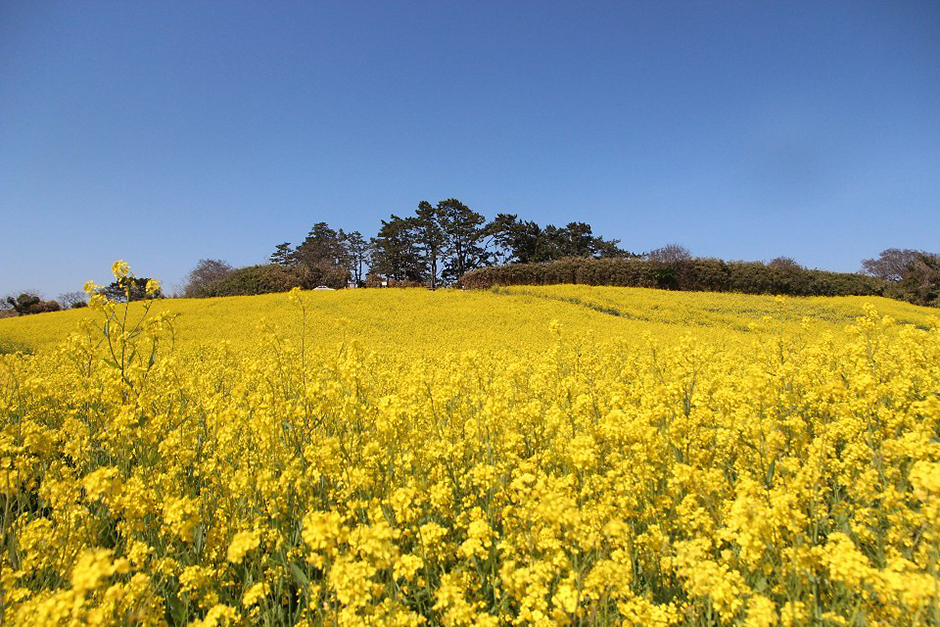
 English
English
 한국어
한국어 日本語
日本語 中文(简体)
中文(简体) Deutsch
Deutsch Français
Français Español
Español Русский
Русский